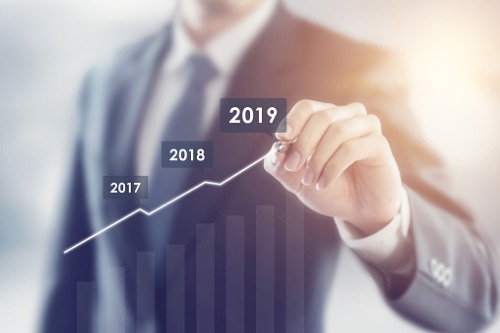Increased demand has helped the products grow exponentially, but concerns remain

ETF assets have been swelling for years, but that process of growth hasn’t been uniform. As investors piled into index-based equity strategies, asset managers’ other offerings that relied on active management or focused on specific themes weren’t so fortunate. That includes responsible-investing ETFs, which in the U.S. represented just US$5.6 billion in assets as of 2017.
They have come a long way since then. According to a recent CBC News report, there are now 87 ESG products tracking roughly US$16 billion in the U.S. There’s more room for growth, considering that they represent just a pinch of Europe’s US$124-billion ETF business, and a sliver of the US$4 trillion in U.S. ETF assets overall.
The movement in American ESG ETF assets mirrors the latest reading on worldwide exchange-traded funds focused on ESG issues from Morningstar. As reported by Pensions & Investments, the segment reached US$13.5 billion in total AUM at the end of August — up more than three times since the beginning of the year, with the two largest ESG ETFs accounting for much of the growth.
Read also: Sustainable funds are winning at halftime, says Morningstar
Despite a clear increase in investing around responsible principles, there are still barriers to overcome. As Tom Lydon, CEO of ETF Trends told CBC News, there’s a feat that ESG is simply “gimmicky” or “a feel-good investment that puts the investor on higher moral ground with little else to show.”
Proponents of ESG investing may take exception to that. Responding to such accusations, Luke Oliver, head of index investing for the Americas at DWS Group, said that investors do not have to sacrifice returns or pursue a kind of activist play by buying into such ethical stocks.
As a case in point, Oliver cited his firm’s two ESG ETFs — Xtrackers MSCI USA ESG Leaders Equity ETF (USSG) and the Xtrackers S&P 500 ESG ETF (SNPE) — which seek to create diverse portfolios by taking the best-in-class ESG picks from a broad array of sectors. USSG’s top holdings include Microsoft, Alphabet, and Johnson & Johnson, and the fund has narrowly outdone the S&P 500 this year with an 11% gain since early March.
“Our objective is to look like [these benchmarks], but to be aware of the E, S and G,” Oliver said.
However, a look under the hood of SNPE reveals another potential point of concern. That fund includes ExxonMobil among its larger holdings, which according to Oliver include “the better ESG-scoring energy companies” that are “some of the biggest spenders in renewable energy.”
That may be small comfort to some investors who buy ESG funds while mistakenly expecting absolutely zero fossil-fuel exposure. Given the different approaches to responsible investing and the diversity in methods to determine ESG friendliness, there’s a need for a new level of awareness and due diligence to ensure a proper fit between a particular fund and the buyers’ objectives and personal convictions.



